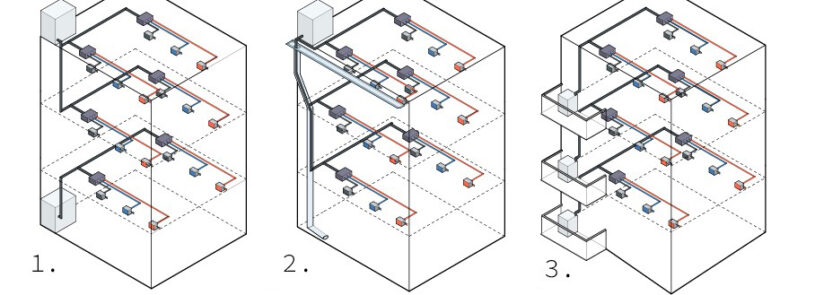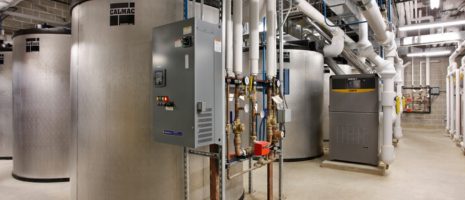How to address the EPA’s new refrigerant rule

By Scott Campagna and Dave Bodenschatz
The Environmental Protection Agency (EPA) has signed a final rule aimed at restricting the use of commonly used refrigerants. It mandates a transition from the widely used R-410A to environmentally friendlier options such as R-32 and/or R454B. The goal is to minimize the environmental impact of refrigerants, which can lead to ozone depletion and global warming.
The rule restricts the sale, distribution, import, and export of products containing these refrigerants. Compliance dates for stationary residential and light commercial AC and heat pumps may be accelerated by individual states, but EPA mandated dates are:
- Manufacture and import: Jan. 1, 2025
- Installation for all except VRF: Jan. 1, 2025
- Installation for VRF: Jan. 1, 2026
Codes based on the ICC International Mechanical Codes require systems using R-32 and R-454B are to be housed in fire-rated, ventilated shafts if they penetrate more than two floor assemblies. Meeting these requirements may be costly, but options exist to avoid requiring a fire-rated shaft. They include:
- Restrict refrigerant line penetrations to two floors. (See figure 1, above.)
- Route piping on the building exterior and hide it in an architectural feature. (See figure 2, above.)
- Locate condensing units on the balcony of the floors they serve. (See figure 3, above.)
- Use VTAC units (or equivalent products) with self-contained refrigerant circuits.
Regardless of your approach, you must verify refrigerant line lengths comply with manufacturer specifications.
As the enforcement dates approach, IMEG will be helping our existing and new clients meet the new requirements. To learn more, contact us.












